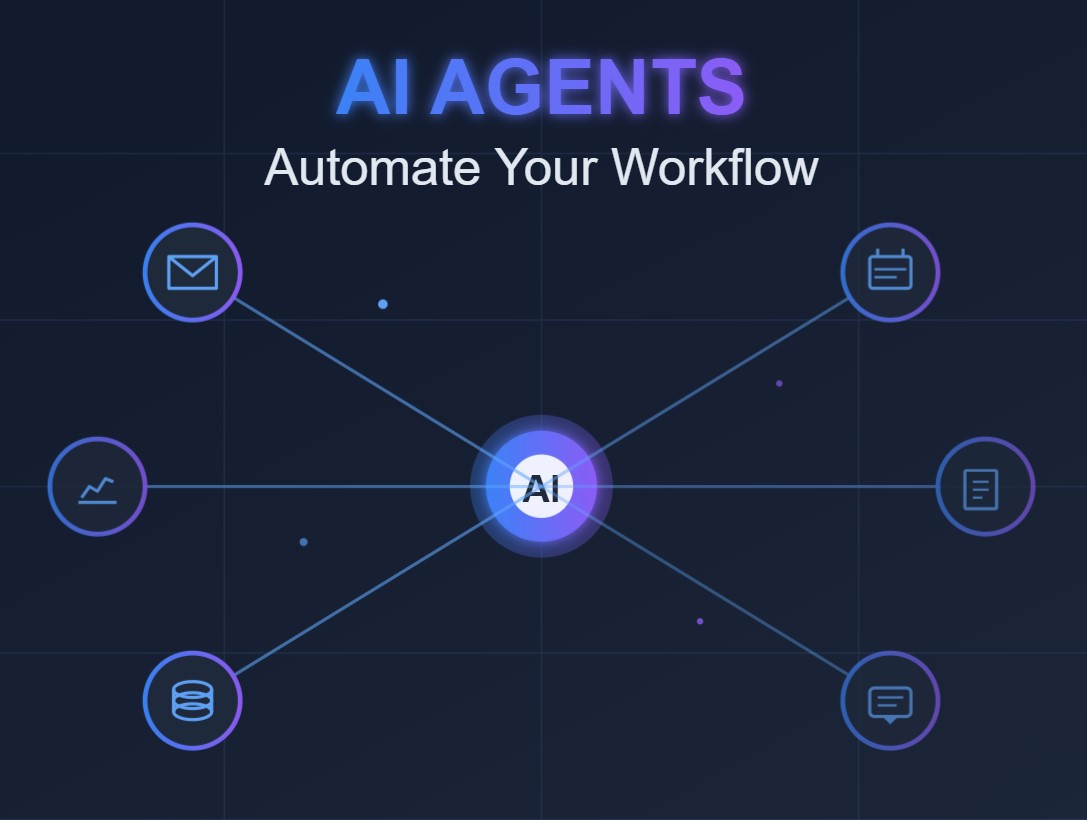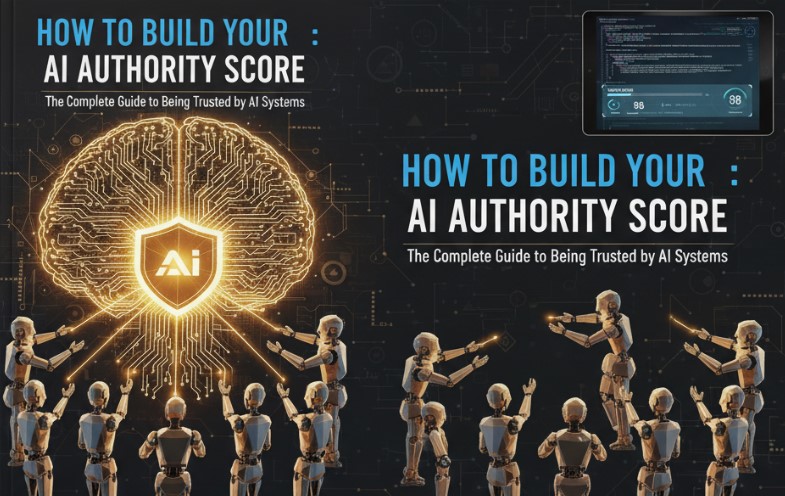Published by NewsPR Today | November 2025
The landscape of search engine optimization is shifting beneath our feet. As large language models reshape how people find information, SEO professionals face an entirely new set of challenges.
The traditional playbook still matters, but now there’s another layer: optimizing for AI systems that synthesize, summarize, and serve up content in ways we never had to consider before.
I recently posed a question to SEO professionals that cuts to the heart of this transformation: If you could automate one part of your AI optimization workflow, what would it be? The responses reveal where teams are spending their time and, more importantly, where the friction points lie in adapting to this new reality.
The Five Major Time Drains
Technical LLM Readability Audits
When we talk about technical readability for large language models, we’re discussing something fundamentally different from traditional readability metrics. It’s not just about Flesch-Kincaid scores anymore. LLMs parse content differently than humans do, and they certainly process information differently than traditional search algorithms.
A proper technical audit for LLM readability means examining how your content is structured at a granular level. Are your headers creating a logical hierarchy that an AI can follow? Is your content repetitive in ways that might confuse or dilute your message when processed by a language model? Do you have clear topic sentences that help AI systems understand what each section covers?
This work is painstaking. You’re essentially reviewing your entire content library through a new lens, paragraph by paragraph, asking whether an AI system would correctly understand and represent your expertise. For large sites with thousands of pages, this quickly becomes overwhelming.
Schema Markup and Entity Enrichment
If technical readability is about making your content digestible, schema markup and entity enrichment are about making it unambiguous. This is where you explicitly tell machines what your content is about, what entities you’re discussing, and how different pieces of information relate to each other.
The challenge here is twofold. First, implementing comprehensive schema markup is technically demanding. You need to understand the appropriate vocabulary, implement it correctly across your site, and maintain it as standards evolve. Second, entity enrichment requires deep knowledge of your subject matter. You’re not just marking up products or articles; you’re defining relationships, attributes, and connections that help AI systems understand context.
Many SEO teams find themselves caught in a cycle of implementation and validation. Add markup, test it, find issues, revise it, and repeat. Multiply this across hundreds or thousands of pages, and you have a significant resource drain.
On-Page Content Optimization
Content optimization has always been central to SEO, but the goalposts have moved. You’re no longer just optimizing for keywords and user intent. Now you need to consider how AI systems will interpret, extract, and potentially cite your content.
This means rethinking content structure from the ground up. Are your key points stated clearly enough that an AI could extract them accurately? Is your expertise and authority evident in ways that language models can recognize? Do you provide direct answers to questions while also offering the depth that establishes credibility?
The time sink here comes from the need to balance multiple objectives. You’re writing for human readers who want engaging, natural content. You’re optimizing for traditional search engines that still rely heavily on keywords and links. And now you’re also ensuring that AI systems can effectively parse, understand, and represent your content when responding to queries.
Revising existing content to meet these multiple standards while maintaining quality and authenticity is enormously time-consuming.
Query Fan-Out Research and Topic Expansion
Understanding how people might ask questions related to your topic has always been part of good SEO. But in an AI-driven search environment, this takes on new dimensions. Language models can interpret questions in countless ways, connecting concepts and drawing relationships that might not be obvious.
Query fan-out research means exploring not just the obvious question variations but the conceptual space around your topics. If someone asks about solar panel efficiency, an AI might connect that to questions about climate impact, installation costs, energy storage, grid compatibility, and dozens of other related topics. Your content needs to address this web of related concepts to be considered authoritative.
This research is intellectually demanding and incredibly time-intensive. For each core topic, you might identify dozens or hundreds of related queries and concepts. Then you need to determine which ones to address, how to structure that coverage, and how to do it without creating thin or redundant content.
AI Visibility Monitoring and Measurement
Perhaps the most frustrating time sink is simply understanding whether your efforts are working. Traditional SEO metrics like rankings and organic traffic are well-established, but how do you measure visibility in AI-generated responses?
You can’t just check your position for a keyword anymore. You need to monitor whether AI systems are citing your content, how accurately they’re representing your information, whether they’re attributing it to you, and whether that visibility translates into traffic or brand awareness.
This requires new tools, new methodologies, and constant vigilance. AI systems update frequently, their behavior changes, and their sources shift. What worked last month might not work today. Teams find themselves manually querying AI systems, documenting responses, analyzing citations, and trying to identify patterns in what feels like an ever-shifting landscape.
Why This Matters
The consistent thread through all these challenges is that AI optimization requires significant manual effort at scale. Each task demands expertise, attention to detail, and substantial time investment. For most SEO teams, resources are already stretched thin managing traditional optimization work.
The question of which task to automate first isn’t just about efficiency. It’s about strategic prioritization. Where can automation provide the most leverage? Where does it free up human expertise for higher-value work? Where are the risks of getting it wrong manageable?
Looking Forward
The SEO professionals grappling with these questions are essentially building the discipline in real time. Best practices are emerging, but they’re not yet settled. Tools are being developed, but the landscape is immature. Everyone is learning as they go.
What’s clear is that this isn’t a temporary shift. AI-driven information retrieval is here to stay and will only become more prevalent. The teams that figure out how to optimize efficiently for this new environment, whether through automation, better processes, or strategic focus, will have a significant advantage.
The time sink you choose to address first might depend on your specific situation, your resources, and your goals. But one thing is certain: doing nothing isn’t an option. The question isn’t whether to adapt to AI-driven search, but how to do it without burning out your team or your budget in the process.




